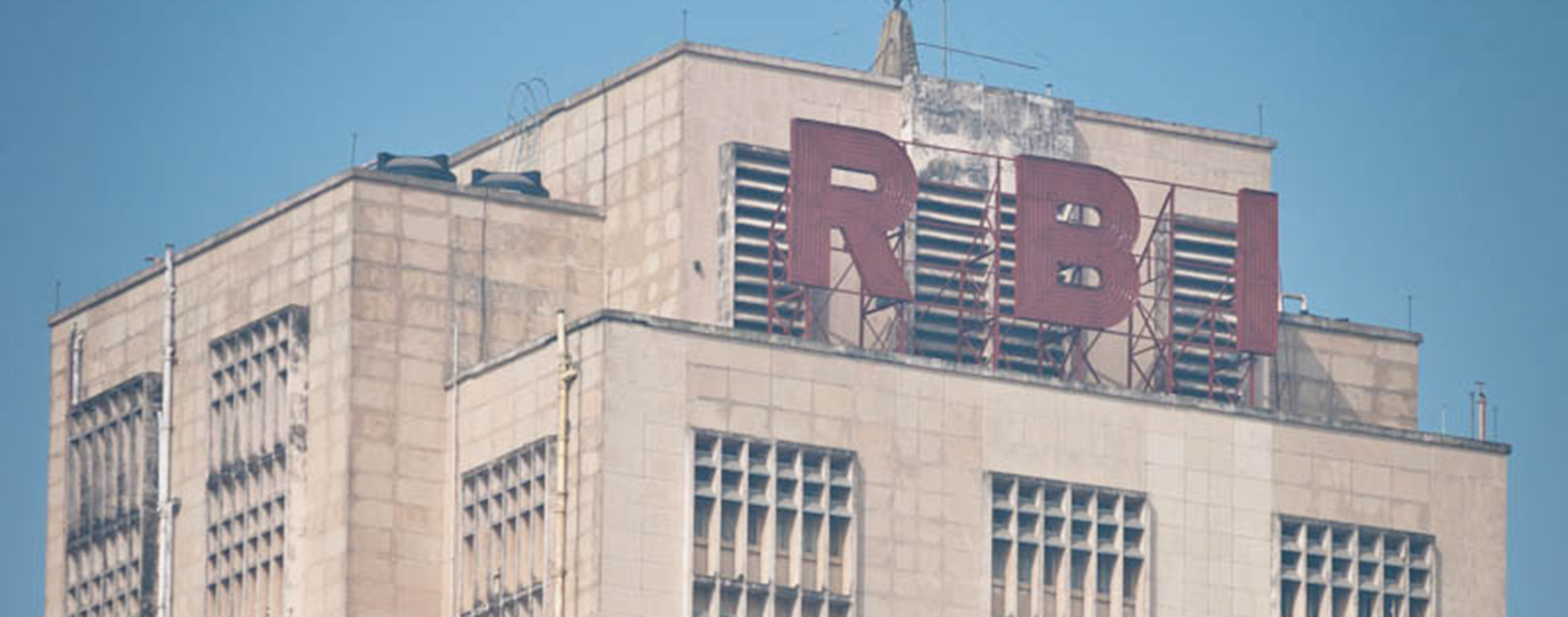
A 2014 study titled ‘Central Bank Transparency and Independence: Updates and New Measures’, found Reserve Bank of India to be the least independent among central banks of 89 countries.
Manish K. Pandey | February 2017 Issue | The Dollar Business
One regulator that hogged the limelight the most in 2016 was India’s Central Bank – Reserve Bank of India (RBI). Well, it was more about controversies than policies! And, it all started when Raghuram Rajan said no to the second term as RBI Governor. Even before the controversy surrounding Rajan not extending his tenure could settle down, Rajan’s predecessor Duvvuri Subbarao released his book – Who moved my interest rate? – where he detailed his disagreements (as the Central Bank’s Governor) with the government on various occasions. “You may have to pay a price if you want to stand your ground as RBI Governor,” Subbarao wrote in his book. This once again brought the issue of “RBI’s Independence” to the fore.
However, it was the Union government’s currency-ban decision (on November 8, 2016) that shadowed them all. With government announcing the biggest-ever demonetisation exercise in India, questions about RBI’s autonomy and its credibility as an independent authority on all monetary policy matters started pouring in from all directions. What’s more? Even RBI’s employee union went on to write a letter to Governor Urjit Patel, protesting “operational mismanagement” in the demonetisation process and “infringement of the central bank’s autonomy” by the government. [Interestingly, the Finance Ministry had appointed a joint secretary to coordinate RBI’s currency chest operations.] Are these allegations false? Or, is RBI’s autonomy really under threat from blatant political interventions?
Well, on the face of it, India’s Central Bank has never really been independent. There have been several instances in the past when doubts have been expressed on RBI’s autonomy. From being pressurised to change its supervisory approach towards commercial banks in 1960 [when Kerala-based Palai Central Bank went bankrupt and the central government, through a series of legislations, completely changed the Indian banking landscape and the number of commercial banks came down to 92 from 500], to being forced (that’s what many critics allege) to alter its monetary policy stance in 1968 at the request (or perhaps order) of the then Finance Minister Morarji Desai, India’s Central Bank’s “independence” and “autonomy” has been questioned and debated time and again.
Interestingly, in 2014, a study titled ‘Central Bank Transparency and Independence: Updates and New Measures’, by N. Nergiz Dincer of TED University (Ankara, Turkey) and Barry Eichengreen of University of California (Berkeley, USA), too found RBI to be least independent among central banks of 89 countries. India’s Central Bank received one of the lowest scores on parameters like restrictions on the appointment of the governor, independence of policy formulation, and possession of an independent objective.
Though the findings paint a dismal picture of RBI’s functioning, they seem true to an extent. A case in point could be the process of appointment of RBI’s governor.
While two or more institutions are involved in the appointment of governors of central banks in most countries across the globe, in India it’s the Prime Minister who chooses the governor in consultation with the Finance Minister and the outgoing governor. So, the process is more or less political and it’s the government that seemingly holds the veto power when it comes to the governor’s appointment. This certainly gives one a reason to doubt the Central Bank’s autonomy! But it doesn’t necessarily mean RBI is not an independent entity.
Before we arrive at a conclusion, we need to remember that RBI is a government institution and no government in this world will ever undermine the integrity of its own institution. And India is no exception.
Get the latest resources, news and more...
By clicking "sign up" you agree to receive emails from The Dollar Business and accept our web terms of use and privacy and cookie policy.
Copyright @2024 The Dollar Business. All rights reserved.
Your Cookie Controls: This site uses cookies to improve user experience, and may offer tailored advertising and enable social media sharing. Wherever needed by applicable law, we will obtain your consent before we place any cookies on your device that are not strictly necessary for the functioning of our website. By clicking "Accept All Cookies", you agree to our use of cookies and acknowledge that you have read this website's updated Terms & Conditions, Disclaimer, Privacy and other policies, and agree to all of them.

